Cross-training shoes are the ultimate footwear for athletes, fitness enthusiasts, and gym-goers who participate in a variety of workouts.
Unlike running shoes (designed for forward motion) or weightlifting shoes (optimized for stability under heavy loads), cross-training shoes strike a balance between support, flexibility, and durability, handling everything from HIIT sessions to agility drills and strength training.
Choosing the right pair can significantly impact performance, comfort, and injury prevention. In this guide, we’ll break down the key features of the best cross-training shoes, highlight top models on the market, and provide expert recommendations based on workout needs.
What Makes a Great Cross-Training Shoe?
Stability & Support
Cross-training involves lateral movements, jumps, and lifts, so shoes need a firm, stable base to prevent ankle rolls. Look for:
- Wide, Flat Outsoles – Better for weightlifting and balance.
- Heel Counter – Reinforced heel for added support during dynamic movements.
- Midfoot Shank – Some shoes include a stiff midsole insert for heavy lifting.
Cushioning & Responsiveness
Unlike maximalist running shoes, cross-trainers offer moderate cushioning—enough to absorb impact but not so much that it destabilizes lifts.
- Low-to-Moderate Drop (4mm-8mm) – Encourages better form in squats and deadlifts.
- Responsive Foam (e.g., Nike React, Reebok Floatride) – Returns energy during plyometrics.
Durability & Traction
- Rubber Outsoles – Essential for grip on gym floors and turf.
- Multi-Directional Tread – Helps with agility drills and lateral cuts.
- Abrasion-Resistant Uppers – Mesh with synthetic overlays withstands rope climbs and sled pushes.
Flexibility & Mobility
A good cross-trainer allows natural foot movement for:
- Burpees & Box Jumps – Flexible forefoot.
- Lunges & Split Stance Exercises – Adequate toe spring.
Top 5 Best Cross-Training Shoes in 2025
Nike Metcon 9 (Best All-Arounder)
- Pros: Excellent stability for lifting, grippy outsole, improved flexibility over previous models.
- Cons: Slightly stiff for long runs.
- Best For: HIIT, weightlifting, functional fitness.
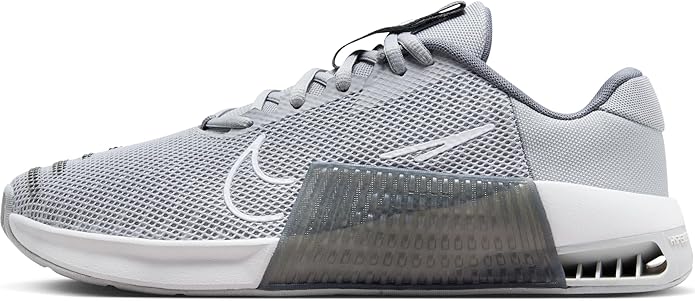
Reebok Nano X3 (Best for Versatility)
- Pros: Floatride Energy Foam for cushioning, wide toe box, durable design.
- Cons: Less aggressive tread than some competitors.
- Best For: CrossFit, agility training, all-day comfort.
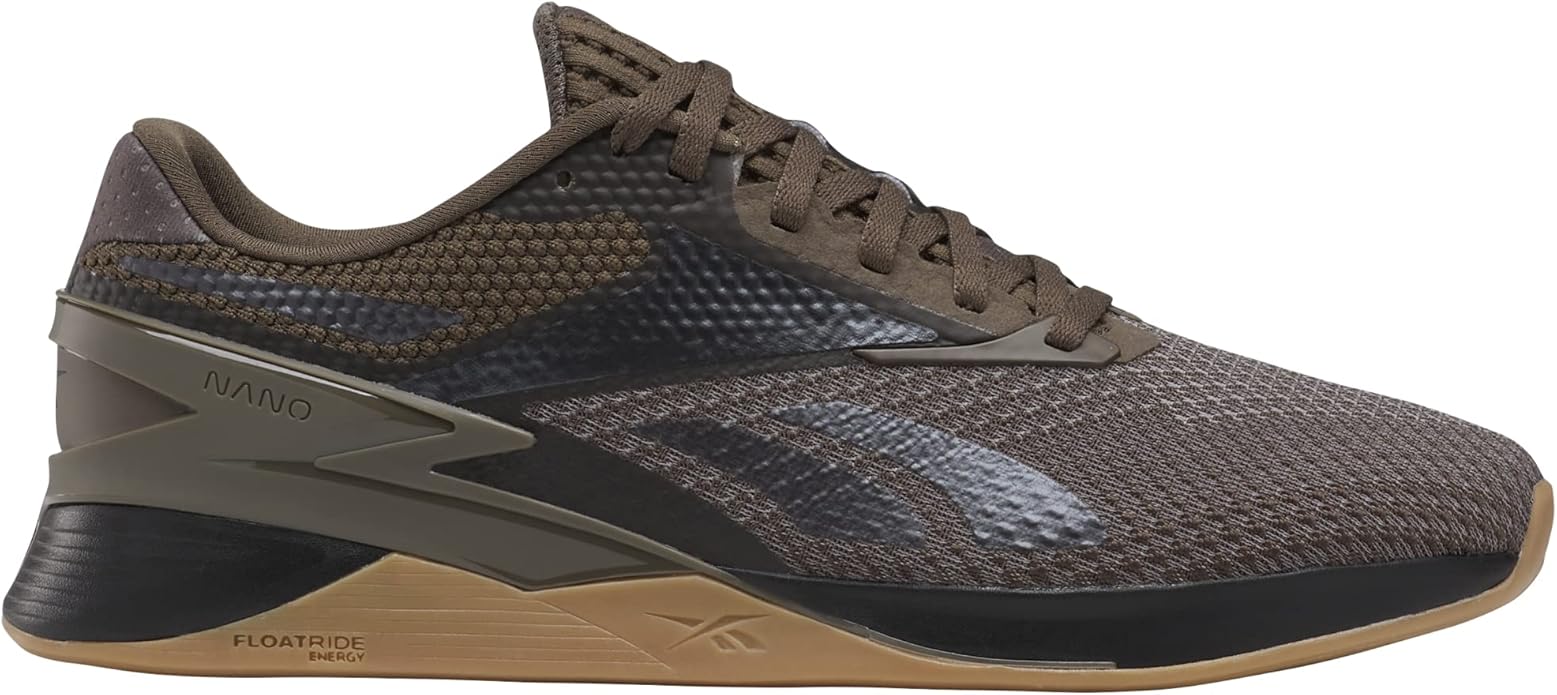
NOBULL Trainer+ (Best Minimalist Option)
- Pros: Super durable, sleek design, great for lifting.
- Cons: Limited cushioning for high-impact workouts.
- Best For: Strength training, short metcons.
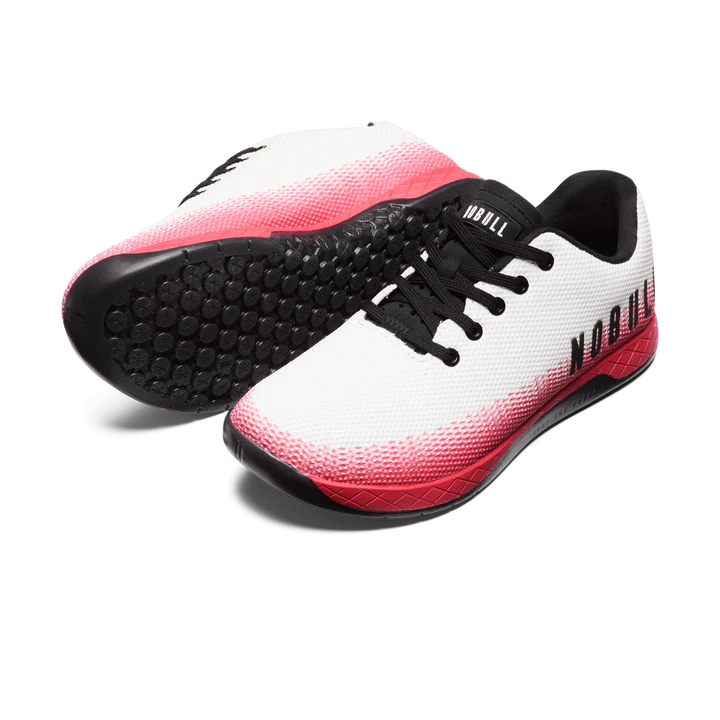
Under Armour TriBase Reign 6 (Best for Wide Feet)
- Pros: Wide base, breathable upper, excellent grip.
- Cons: Less ankle support for heavy lifts.
- Best For: Plyometrics, sprints, wider foot shapes.
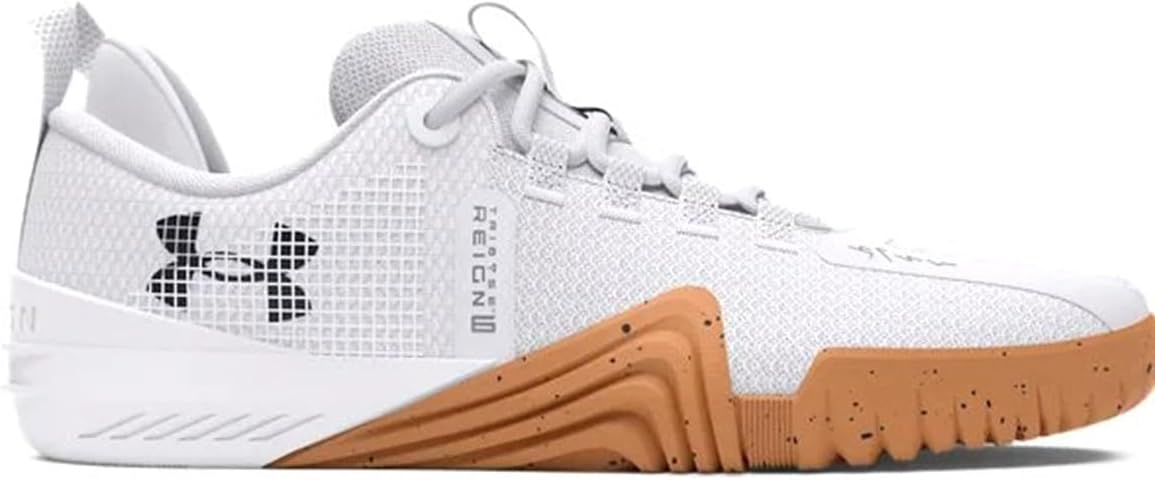
Adidas Dropset 2 (Best Budget Pick)
- Pros: Affordable, stable, good for lifting.
- Cons: Less responsive for running.
- Best For: Budget-conscious lifters and general gym use.
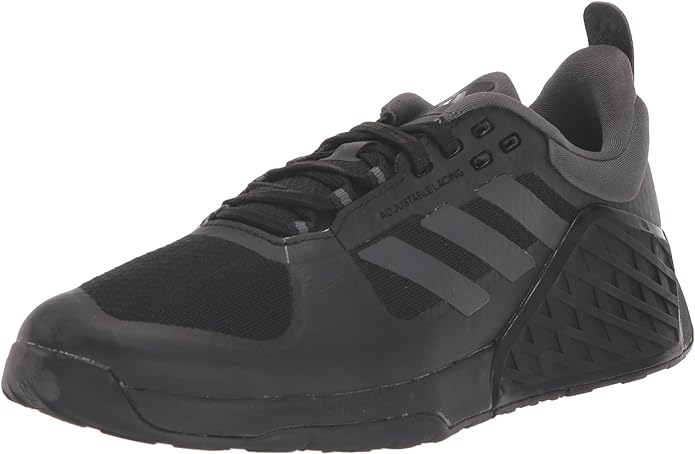
How to Choose the Right Cross-Training Shoe for Your Workout?
| Workout Type | Recommended Shoe Features | Top Picks |
|---|---|---|
| Weightlifting | Flat sole, wide base, minimal cushion | Nike Metcon 9, NOBULL |
| HIIT & Plyometrics | Responsive cushioning, flexibility | Reebok Nano X3 |
| CrossFit & Functional Training | Durable, grippy, stable | Under Armour TriBase |
| Mixed Workouts | Balanced cushion & support | Adidas Dropset 2 |
Final Verdict
The Nike Metcon 9 and Reebok Nano X3 stand out as the best overall cross-training shoes, offering the perfect blend of stability, cushioning, and durability.
If you prioritize lifting, go for the NOBULL Trainer+, while budget shoppers should consider the Adidas Dropset 2.
Ultimately, the best cross-training shoe depends on your primary workout style, foot shape, and comfort preferences. Investing in the right pair will enhance performance, reduce fatigue, and keep you injury-free.
What’s your favorite cross-training shoe? Let us know in the comments.